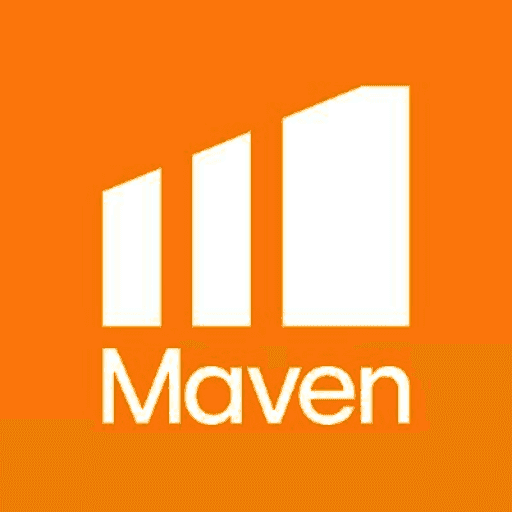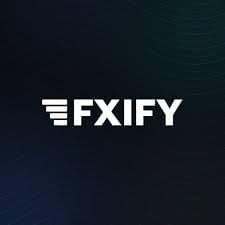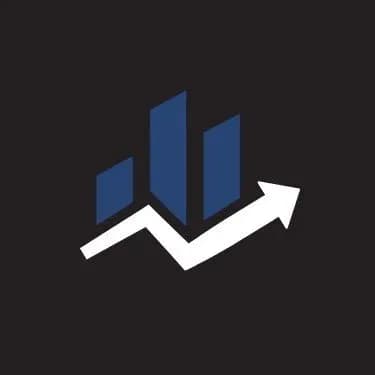Futures Trading for Starters: The Complete Beginner's Guide (2025)
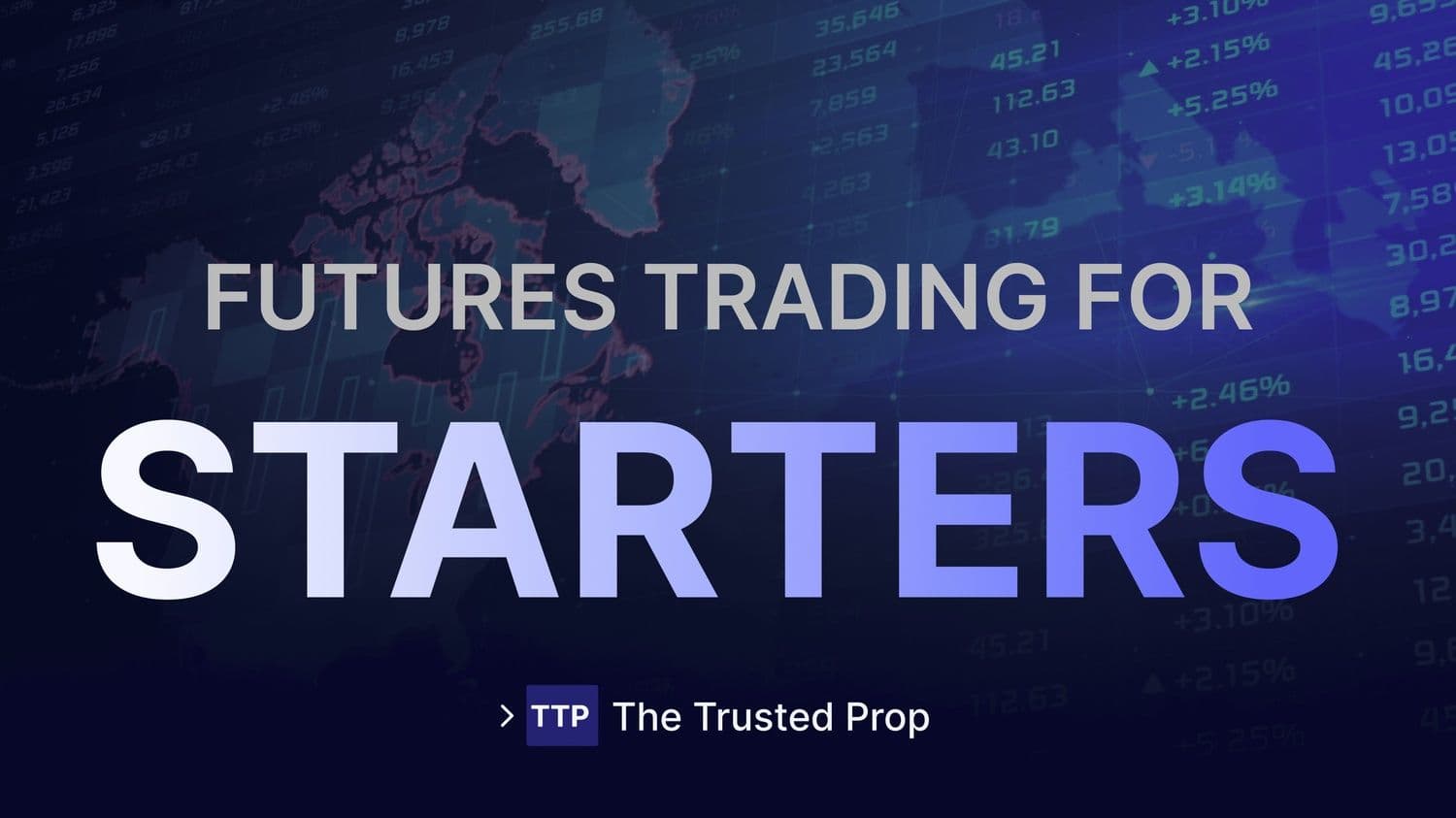
Futures Trading for Starters: The Complete Beginner's Guide (2025)
6/14/2025
Introduction:
Futures trading is no longer the exclusive domain of hedge fund financiers, prop trading desks on wall street, and institutional brokers. Individuals across the globe are now able to trade futures because of technology and prop firms.
But, what are futures contracts exactly? How are they useful? And most importantly, how can someone who has no prior experience begin trading in them?
The Trusted Prop will walk you through everything about futures trading from fundamental principles to practical implementation through strategies, tools, tips, and risk management precautions to make you ready to trade.
What Is Futures Trading?
Futures trading consists of the buying and selling of contracts which entail the delivery of an asset such as crude oil, gold, Bitcoin, or even S&P 500, at an agreed-upon price and specified time in the future.
You do not own the asset itself while dealing with futures contracts as they are derivative assets. With futures contracts, you are only speculating on the asset’s price.
Contracts have these features:
A futures contract is a type of standardized agreement. These are bought and sold on large exchanges such as CME, NYMEX, and ICE.
- Leverage: Trade large amounts with small capital
- Two parties: One to buy and the other to sell.
- Expiration Date: All contracts have a deadline.
Popular Futures Markets for Beginners
Starting with the right futures markets can make a huge difference for beginners. Some contracts are more stable, liquid, and beginner-friendly perfect for learning without getting burned.
| Market | Example Contracts | Volatility | Beginner-Friendly? |
|---|---|---|---|
| Indices | S&P 500 (ES), NASDAQ (NQ) | Moderate-High | Yes |
| Commodities | Crude Oil (CL), Gold (GC) | High | Caution |
| Currencies | Euro FX (6E), USD Index | Moderate | Yes |
| Crypto | BTC, ETH Futures | Very High | High Risk |
Futures Trading Instructions
1. Set Up A Futures Trading Account
You need to pick a broker or a prop firm who deals in futures contracts. The provider should be regulated, provide suitable margin conditions, execute orders quickly, and have reliable services.
Best for Starters: Prop firms such as Apex Trader Funding, Leeloo Trading, and Funded Futures Family provide low-cost evaluation accounts and are good for beginners.
2. Select a Market
You should start with one, such as Micro E-mini S&P 500 (MES) for ease of learning. Select one based on your understanding and level of comfort.
3. Understand the Contract Specs
Every futures contract has a tick size, margin requirement, an expiration date, and a multiplier.
For example:
- MES (Micro E-mini S&P 500)
- Tick Size: 0.25 points
- Tick Value: $1.25
- Initial Margin: ~$1200
- Multiplier: $5 per point
4. Learn to Read a Futures Chart
Analyze the chart with price action, volume, and important price levels like support/resistance in mind on TradingView, NinjaTrader or Bookmap.
5. Place your trade
You may choose to go long (buy) or short (sell) based on your forecast on the prices.
Do remember to:
- Set a stop-loss
- Establish your risk-reward ratio
- Restrict over-leveraging
The Advantage of Futures Trading for Those new to Trading
1. High Liquidity
There is generally high liquidity in the futures markets with major contracts such as crude oil, gold, and indices like S&P 500. This indicates:
- Tight spreads: this is when bid and ask are closely matched. This merits better pricing when you wish to enter or exit.
- Quick execution at any time, even during volatile market conditions.
- Helpful for novices who want easy entries and exits.
2. Low Initial Capital with Leverage
- Margin trading makes it possible for novices in futures trading to manage large positions at a relatively lower capital investment.
- Example: A $100,000 contract can be controlled with a mere 5,000 margin.
- This increases small movement profits.
3. Pricing Policies
- Futures trade on centralized exchanges (like CME or ICE), ensures:
- Everyone has access to real-time price feeds.
- No hidden markups are added like in some OTC markets (spot forex, for example).
- A similar chance for everyone including new entrants.
4. Market Node Flexibility
Futures enables you to trade:
- Commodities: Oil, Gold, Natural Gas
- Indices: S&P 500, Nasdaq
- Currencies: EURUSD, JPYUSD
- Cryptocurrencies: Bitcoin, Ethereum Futures
- Interest rates and Bonds
This enables young investors to broaden the horizons with not having to open multiple accounts or learn different platforms.
5. Long or short market positions
- Markets can be profit on in an uptrend or downtrend with equal convenience.
- Long position = purchasing futures when you anticipate price movement upward.
- Short position = selling futures when price movement is expected to be downward.
- This is the reason why futures are best situated for volatile or uncertain markets.
6. Protect against risks
Young investors holding crypto, stocks or commodities can easily use futures to mitigate downside risk.
Example: Have Bitcoin? Short BTC futures to defend your investment during a decline.
7. It Doesn’t Follow The Pattern Day Trading Rule
- No PDT (pattern day trading) rules or equity barriers exist for futures trading, unlike stocks:
- With even a small amount of capital, beginners can engage in high-frequency trading.
- Unlimited opportunities exist for those looking to scalp or daytrade.
8. Certain Deals Are Available In Specific Locations
- Futures come with a more beneficial tax treatment under 1256 in the U.S.
- Futures are taxed at a 60% long-term and 40% short-term capital gain rate, even if the asset is held for a day.
- This is often advantageous for heavily active traders.
9. 24-Hour Access to Markets
- Most futures markets are available around the clock, five days a week, which supports:
- Convenience for traders from different regions.
- The ability to respond to global news (Fed remarks, geopolitical tensions)
- Those new to trading, who have jobs or school, can trade during off-hours.
10. Sophisticated Aids With Access to Prop Firms
Beginner-friendly configurations from modern aids like TradingView, NinjaTrader, and Sierra Chart head the list.
In addition, a number of proprietary trading firms offer funded accounts specifically for those dealing with futures trading. This implies:
- Zero personal financial risk while trading with high capital.
- Access into under-beginner programs evaluation processes.
Main Risks around Futures Trading
1. High Risk of Leverage
While leverage increases potential profit, it can drastically amplify losses. If not managed properly, even slight movement in market price can result in the total loss of your account.
2. Market Volatility
Assets such as oil and cryptocurrency tend to move in a volatile manner. They can undergo significant price oscillation due to sudden shifts, political conflicts, or economic data releases.
3. Contract Expiration and Rollover
Every futures contract has an expiration date. One is required to “roll over” to subsequent contracts if they wish to maintain the position which can impact the cost of the position.
4. Emotional Stress
Psycho-emotional factors also have a role to play while futures trading as it represents one of the sectors undergoing rapid change. In the case of leveraged accounts, fear and greed tend to influence sound decision making.
Beginning With Futures Trading Strategies
1. Trading On Breakout
- After identifying critical support and resistance levels, one should consider price movement.
- When the price exceeds resistance, going long is recommended.
- When it is below support, all is advisable short selling.
- Best Market: S&P 500 (ES, MES)
2. Trend Following
- Ride trends using moving averages such as the 20 EMA and the 50 EMA.
- Enter a position neither too early nor late when a trend is confirmed, and exit when the trend weakens.
3. Range Trading
- While the market is moving sideways, buying near support and selling near resistance is an option.
- This is safer than trend-following in some situations.
4. News Trading
- Make trades based on important economic releases such as Non Farm Payrolls, FOMC, etc.
- However, these trades must be executed very quickly, making this style more suitable for slightly experienced beginners.
Futures Trading Tools and Platforms You'll Need
Charting Platform
- TradingView: Great for charting and strategy backtesting.
- NinjaTrader: Good for order flow and execution of futures orders.
- Bookmap: For volume traders who want to focus on order flow and advanced volume analysis.
Prop Firm Access
- Apex Trader Funding
- Leeloo Trading
- Funded Futures Family
Broker or Clearing Firm
- Interactive Brokers
- Tradovate
- NinjaTrader Brokerage
Futures Trading vs. Other Trading Types
Futures trading might look similar to stocks or crypto at first glance, but the mechanics and risks are a different beast. Understanding how it stacks up against other trading types can help you choose what fits your goals and style best.
| Feature | Futures Trading | Stock Trading | Options Trading |
|---|---|---|---|
| Leverage | High | Limited (unless margin) | Medium-High |
| Regulation | Exchange-Traded | Exchange-Traded | Exchange/OTC |
| Short Selling | Easy | PDT Rule Applies | Built-in via Puts |
| Contract Expiry | Yes | No | Yes |
| Best for Beginners? | Yes (with caution) | Yes | Medium Complexity |
Futures Trading Common Mistakes Beginners Make
Avoid these rookie errors:
- Overleveraging
- Ignoring contract specs
- Trading news blindly
- Lack of stop-loss discipline
- Changing strategies too quickly
How to Practice Futures Trading Risk-Free
- Simulated Accounts: Platforms like NinjaTrader and Tradovate offer free practice modes.
- Prop Firm Evaluation Accounts: These mimic real markets but limit your risk while offering funding opportunities.
- Explore the Best Prop Firms for Futures on The Trusted Prop to find the right one for your needs.
How to Practice Futures Trading Risk-Free
- Simulated Accounts: Platforms like NinjaTrader and Tradovate offer free practice modes.
- Prop Firm Evaluation Accounts: These mimic real markets but limit your risk while offering funding opportunities.
Explore the Best Prop Firms for Futures on The Trusted Prop to find the right one for your needs.
Futures Trading Hours (Important!)
Futures markets don’t sleep like stocks do they run nearly 24 hours a day. Knowing the key trading hours can help you catch the right moves and avoid unexpected volatility.
| Session | Time (ET) | Market Focus |
|---|---|---|
| Asian Session | 6:00 PM – 4:00 AM | JPY, AUD Futures |
| European Session | 3:00 AM – 11:00 AM | EUR, GBP Futures |
| U.S. Session | 8:00 AM – 5:00 PM | Indices, Commodities |
What Makes a Good Futures Prop Firm?
- Consider the following when selecting a funded futures prop firm:
- Minimal cost for evaluations
- Low fees for evaluations props
- Attainable profit milestones
- Absence of daily drawdown limitations
- Simple and direct policies (no secret terms)
- Rapid payout methods
- Alignment with your trading style (scalping, swing, etc.)
Understanding Micro and Mini Futures
New traders will find it easier to get into the market with Micro Futures and Mini Futures because they offer less financial risk.
Micro Futures (e.g., MES, MNQ, MGC)
- Size: 1/10th of standard contracts
- Lower margin requirements
- Perfect for learning and strategy development without excessive capital
Mini Futures (e.g., E-mini S&P 500 - ES)
- Size: 1/5th of standard contracts
- Greater capital than Micro, but still within reach for proficient novices
1 of 5
Futures Trading Margin Explained (Initial vs. Maintenance)
When learning about futures, one needs to understand that margin can pose as a challenge for beginners. This is the problem:
Initial Margin
- Payable before opening the trade. Usually a percentage of the total trade.
Maintenance Margin
- The minimum balance to sustain an open position. If you fall below this level, you will be facing a margin call.
Economic Events that Affect Futures Trading
- FOMC meetings (US Federal Policy Rates)
- OPEC meetings (affecting Crude Oil)
- NFP (Non-Farm Payrolls)
- CPI and reports on Inflation
- Geopolitical events
Tax Treatment of Futures (Applicable to the US)
In the U.S. futures contracts have a section 1256 classification which provides the following benfits:
- 60% of the profits are taxed at the reduced rate of long term capital gain.
- 40% are subject to the higher rate as short term.
- In any case, there is lesser tax liability compared to trading in equities or cryptocurrency.
Futures Trading Psychology Tips
- Don’t go after trades
- Adhere to daily practices
- Document your trades
- Work on processes rather than monetary returns
- Avoid letting one loss derail your self-esteem
Final Thoughts : Futures Trading for Starters
Although exciting and potentially profitable, futures trading comes with its fair share of risks. As a beginner, education, discipline, and practice are your primary focuses. Invest time in understanding futures contracts and use demo accounts to hone your skills without financial risk, and be sure to always implement a clear risk management strategy.
Regardless of whether your interests lie with commodities, indices, or crypto futures, the most successful traders remain calm and patient while continuously learning and modifying their strategies based on market conditions. With the surge of prop firms and modern trading platforms, accessing the futures markets is easier now than ever but that also means increased competition and greater risk. For trusted guidance, reviews, and prop firm comparisons, be sure to visit The Trusted Prop and start your trading journey with the right insights.
You may also like
FundedElite Challenge Accounts: Our Honest 2025 Review
.jpeg&w=1920&q=75)
How to Get Started with FTMO: Full Guide for Indian Traders in 2025
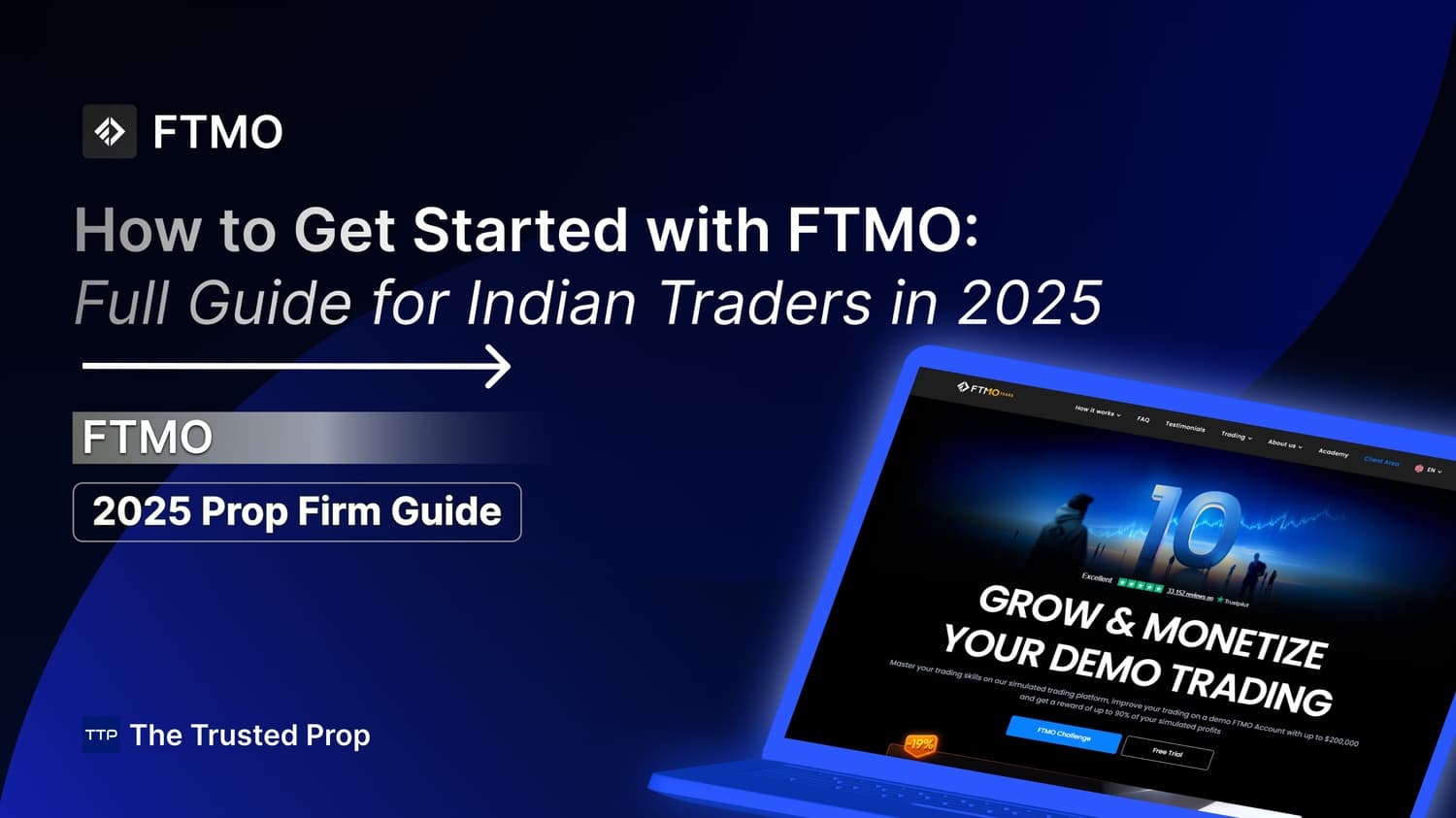
My Forex Funds Relaunch 2026: Is It Coming Back Officially?
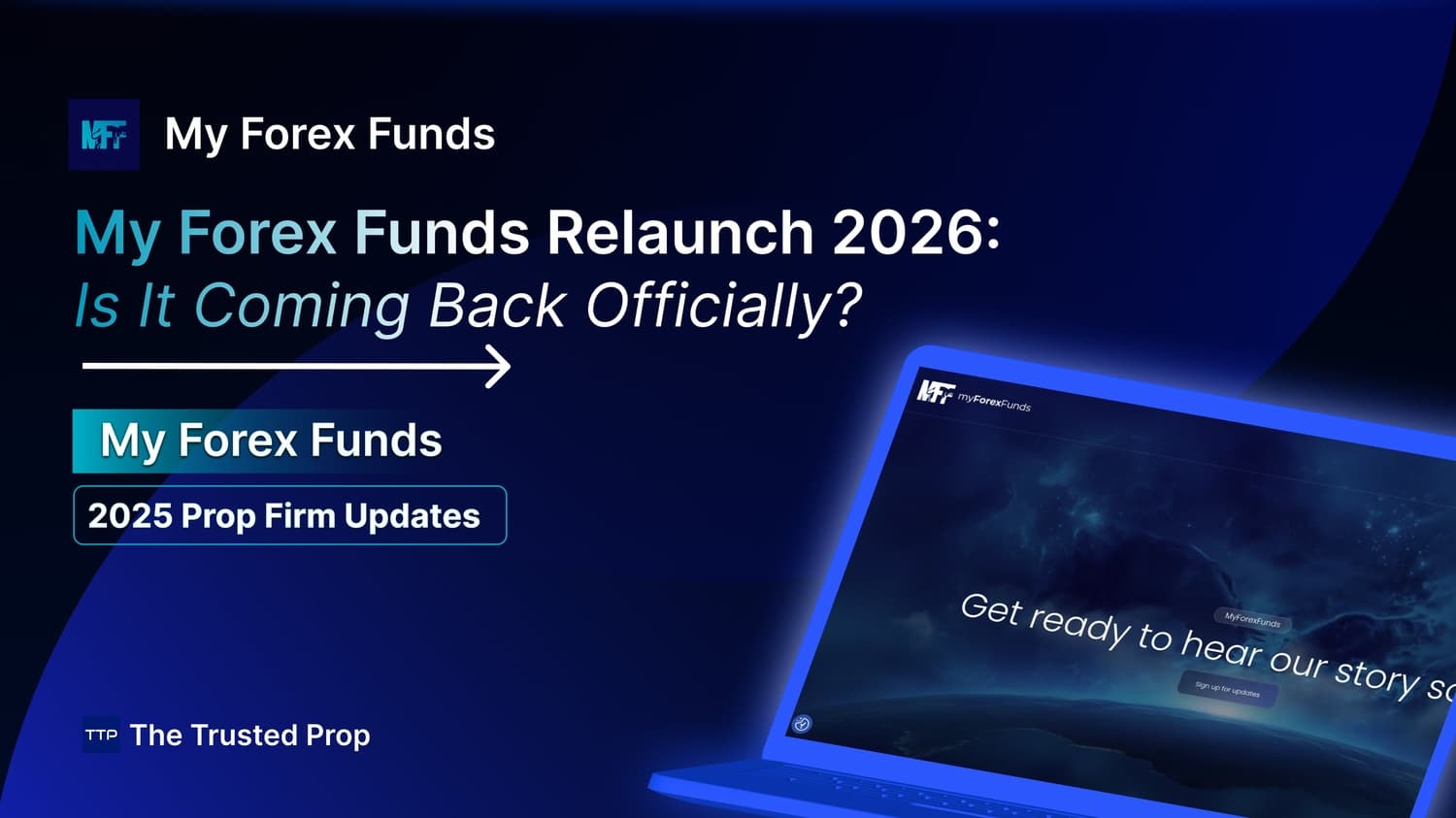
iFunds Prop Firm Payout Rules, Profit Split & Scaling 2025
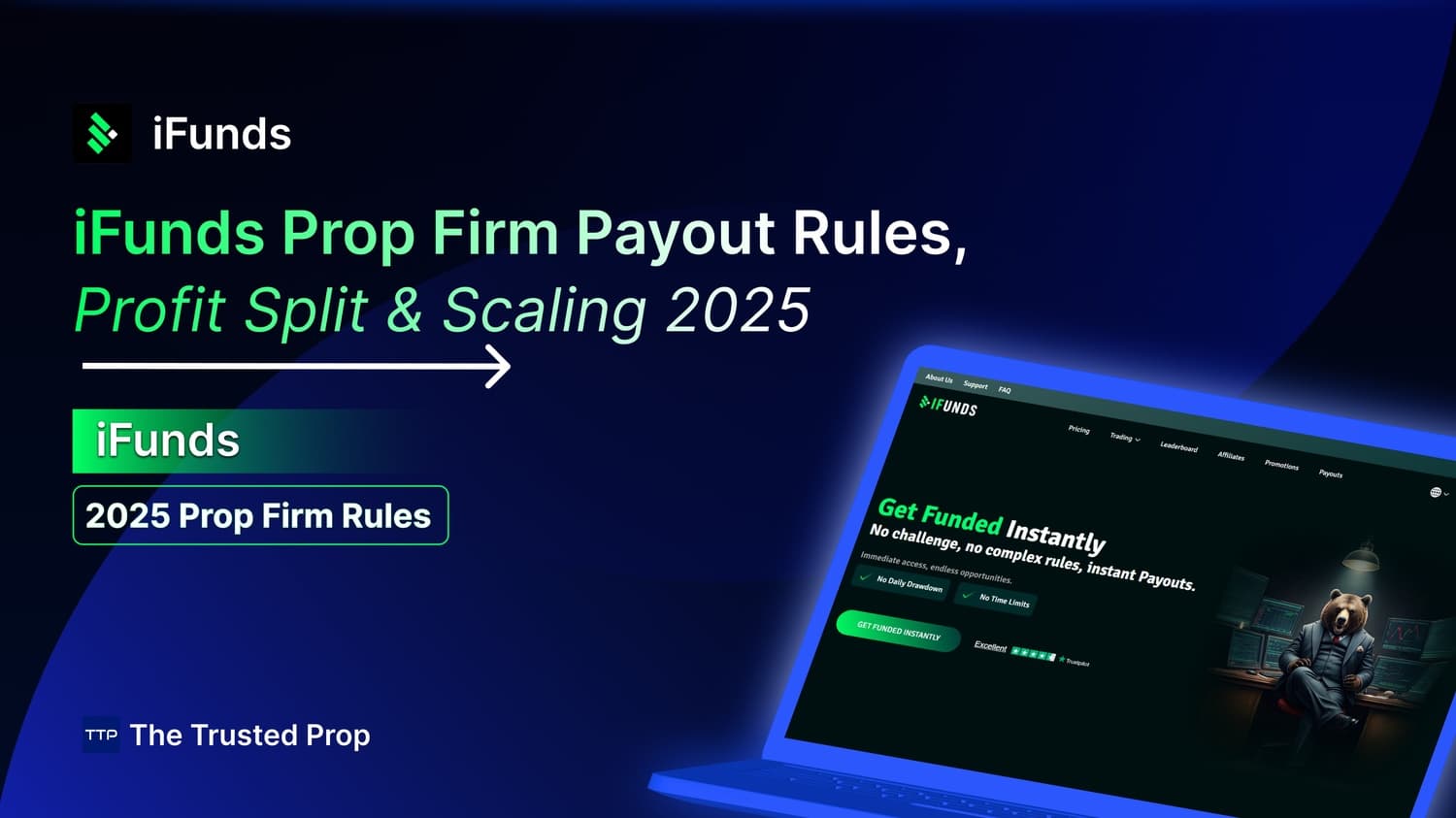
How to Pass the FTMO Challenge FAST: Full Guide for Indian Traders

FORFX Payouts, Profit Split & Withdrawal Rules (2025 Guide)
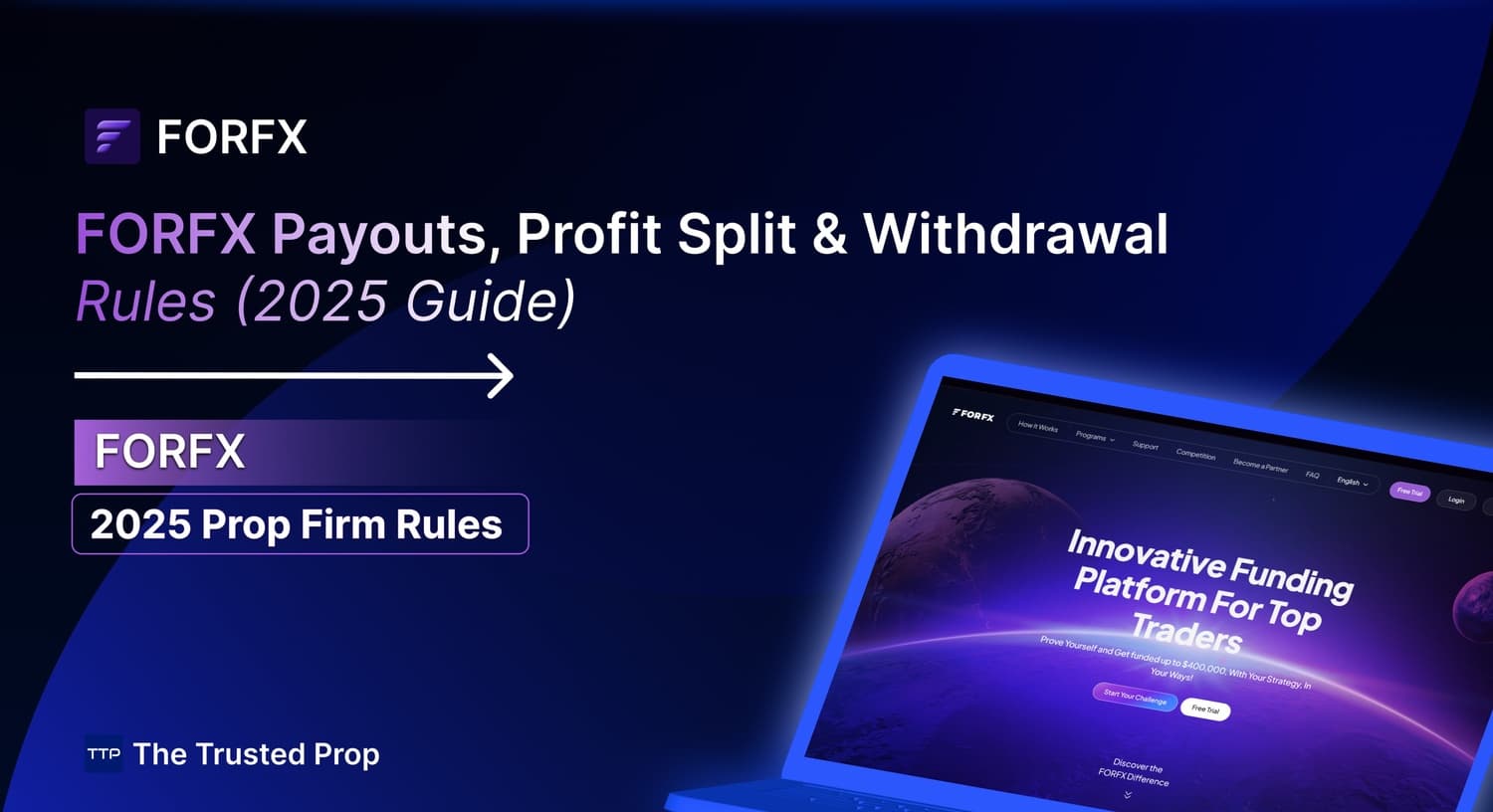
Top Prop Firm Trading Competitions of 2026: Win Free Accounts

No FAQs are available for this topic yet.

.jpeg&w=3840&q=75)




